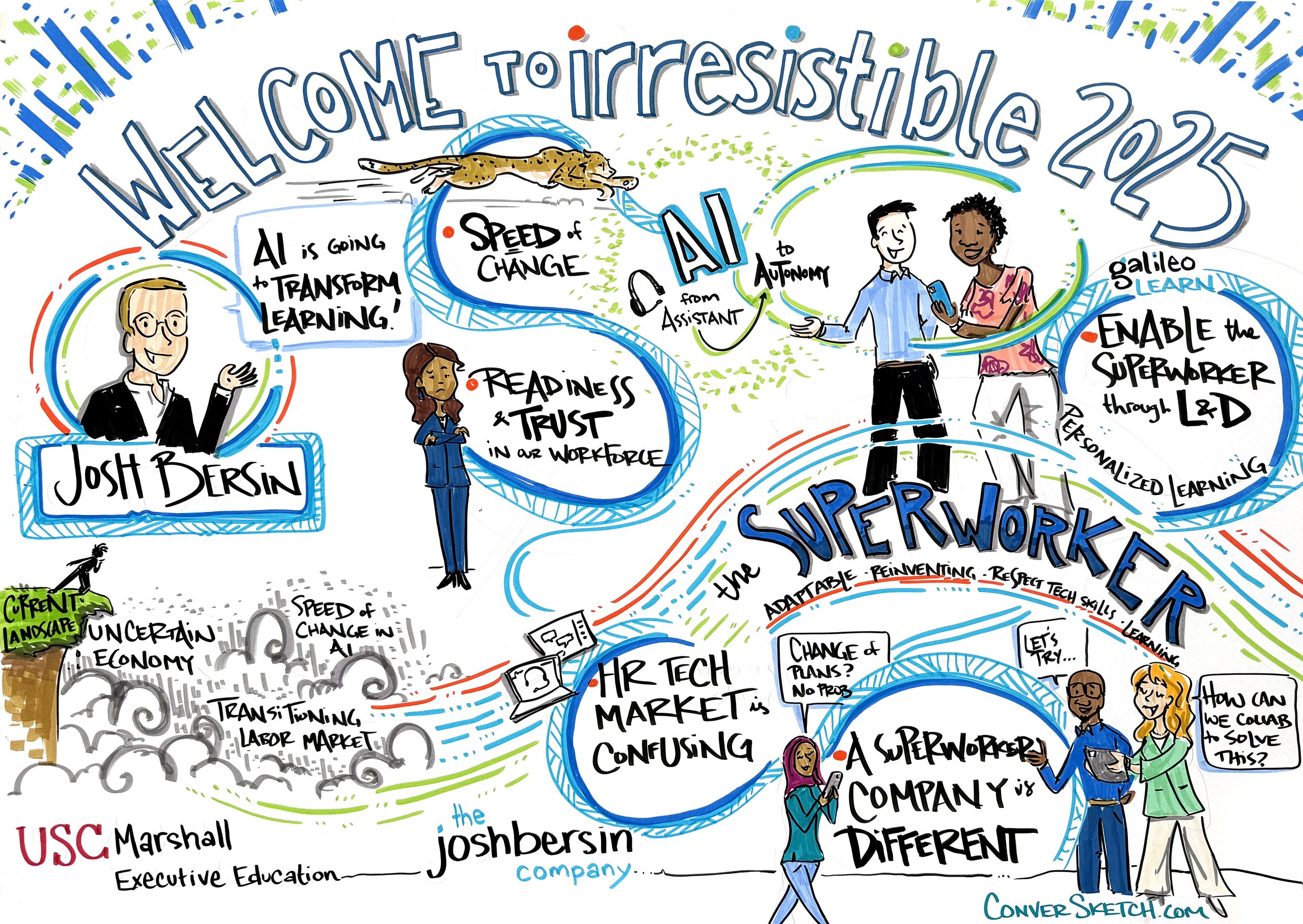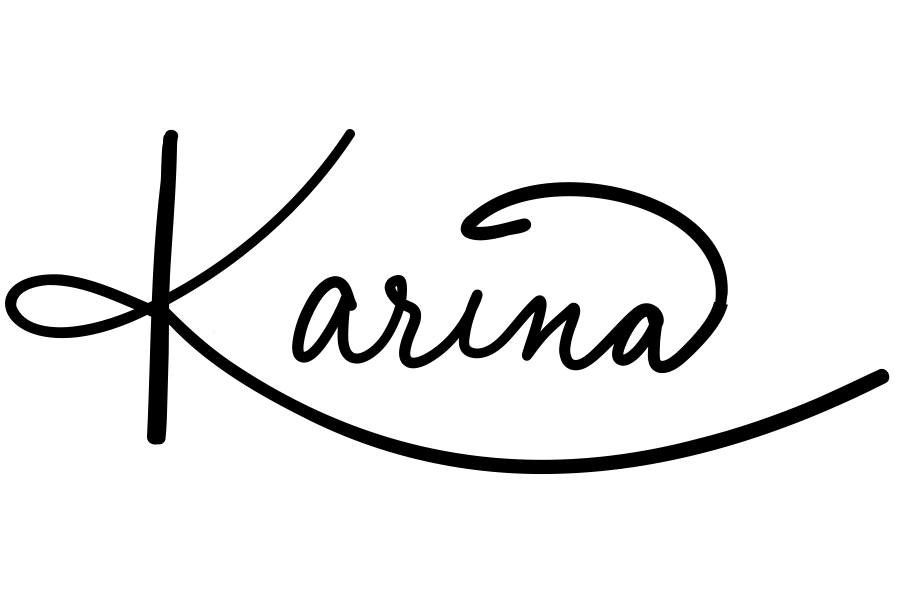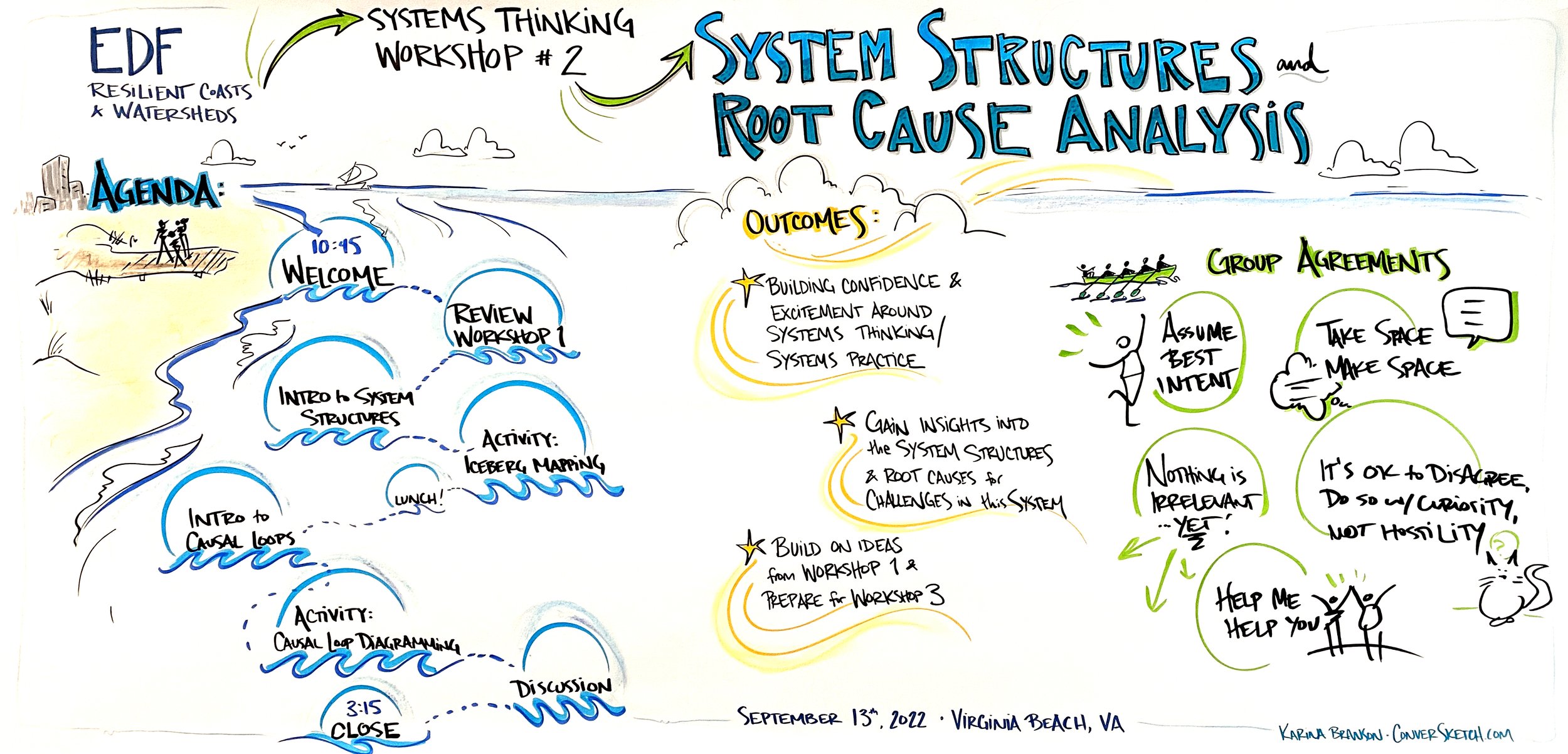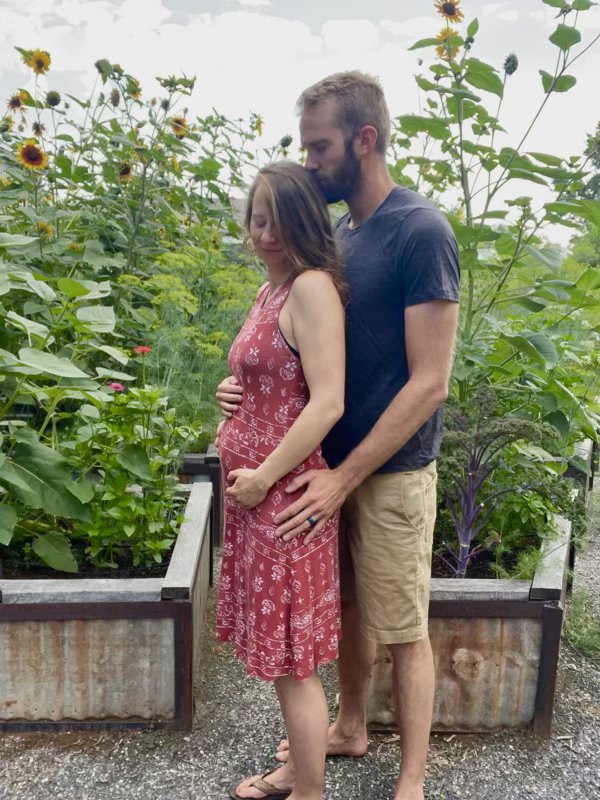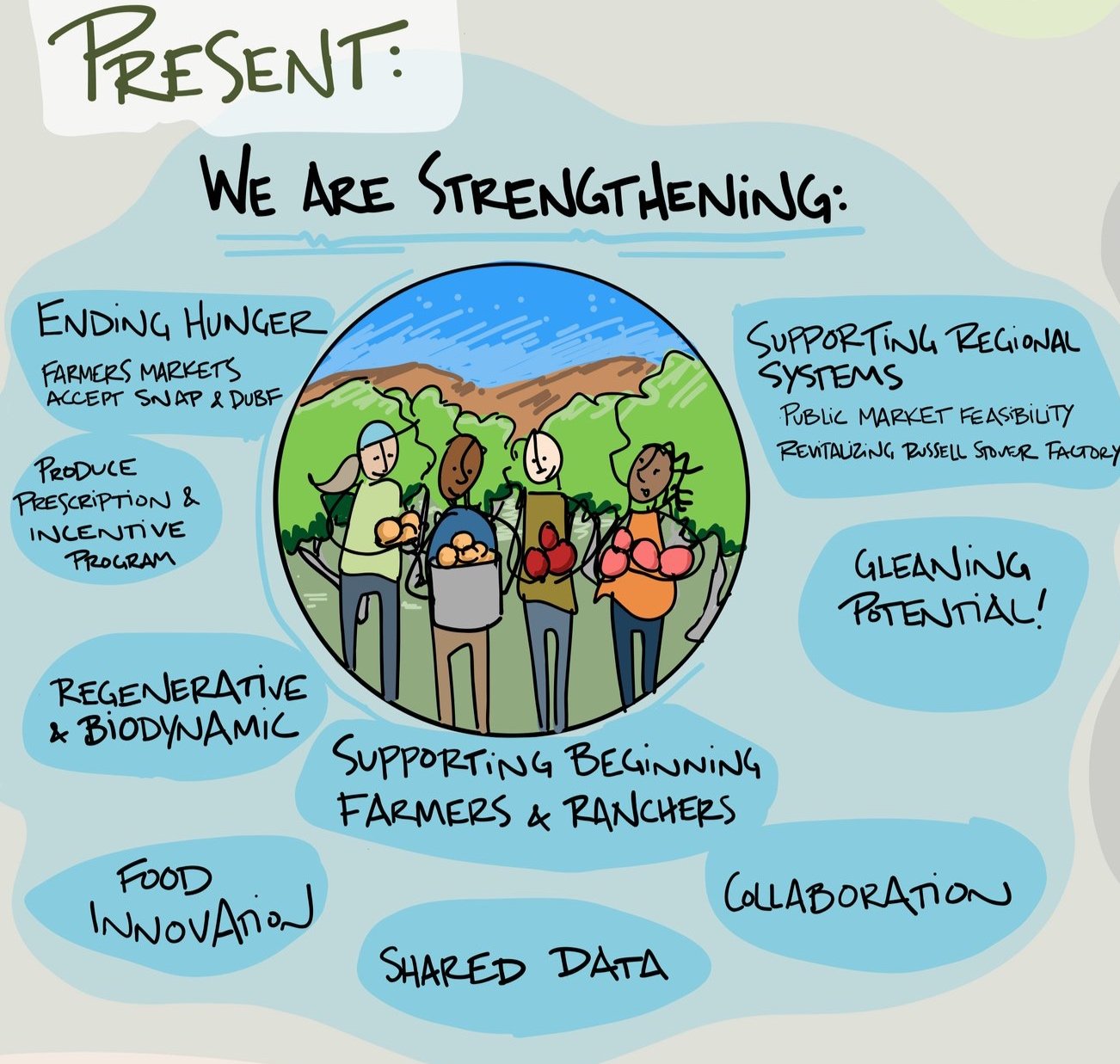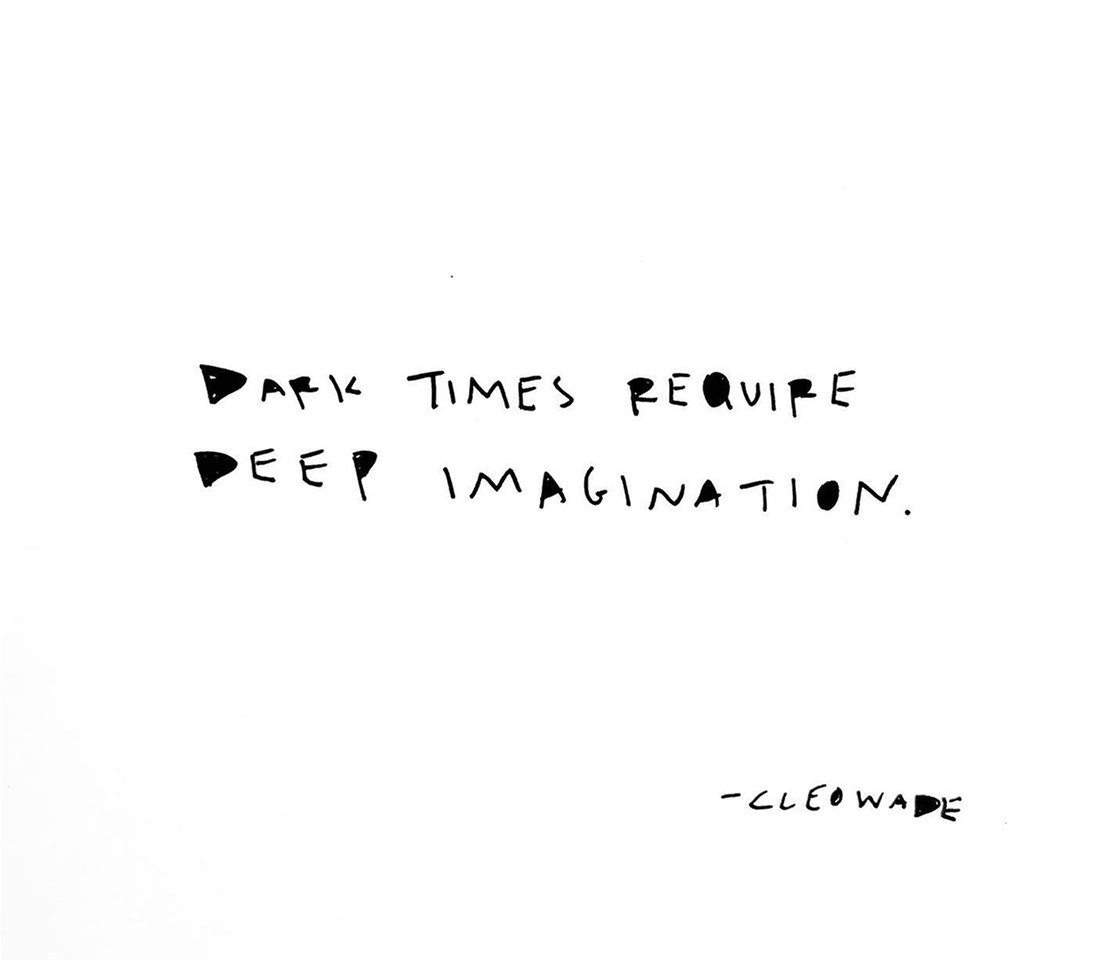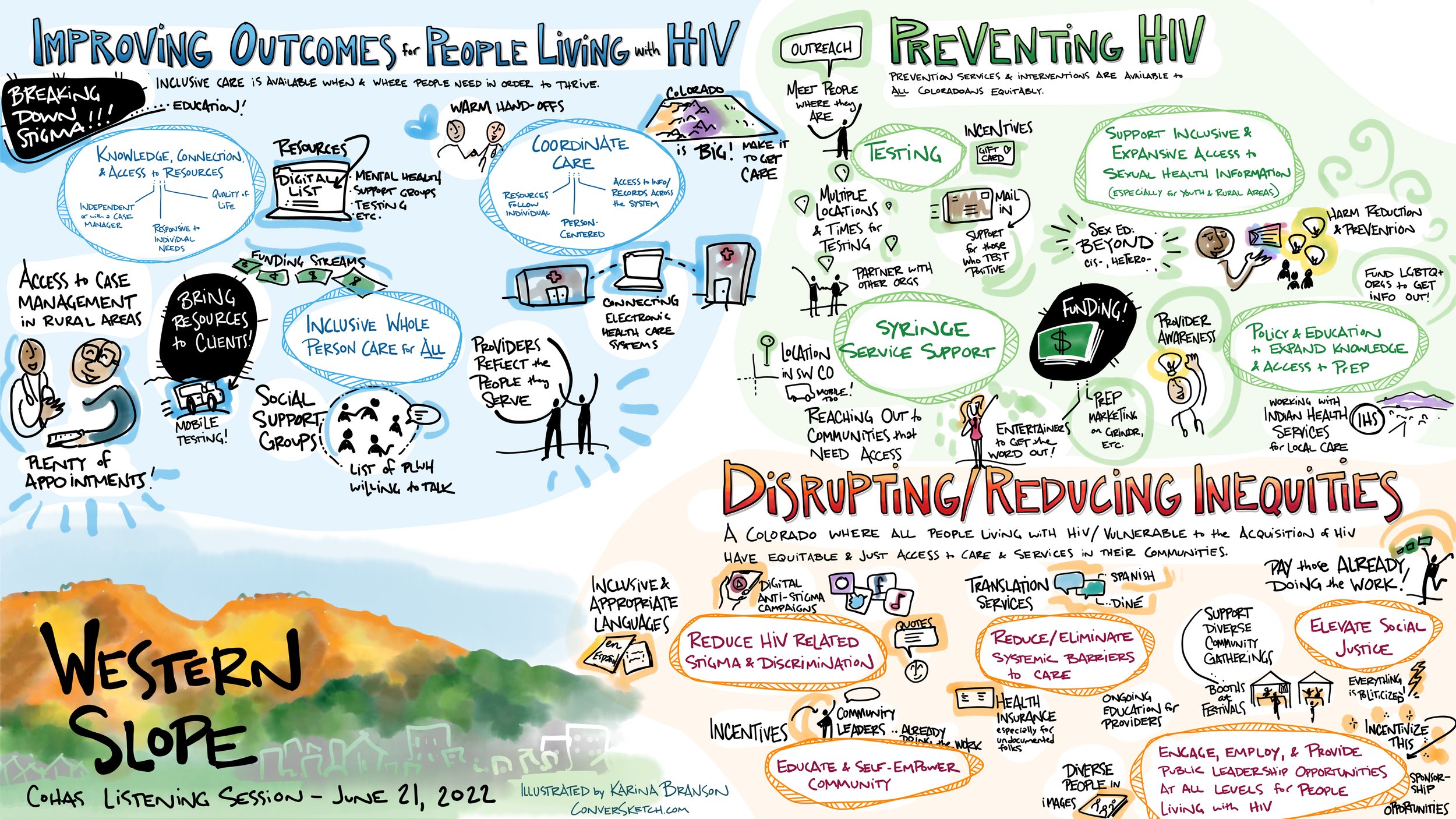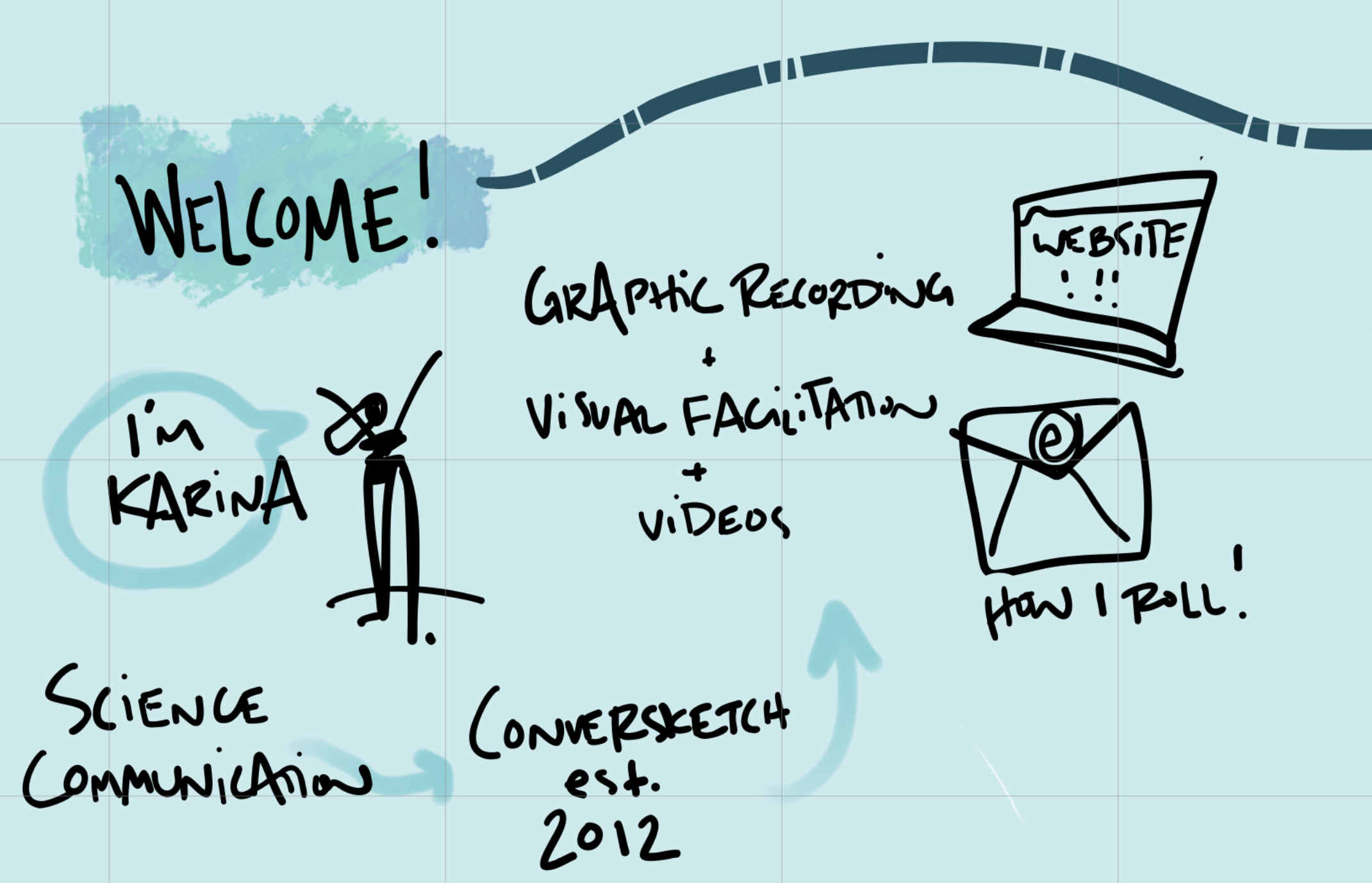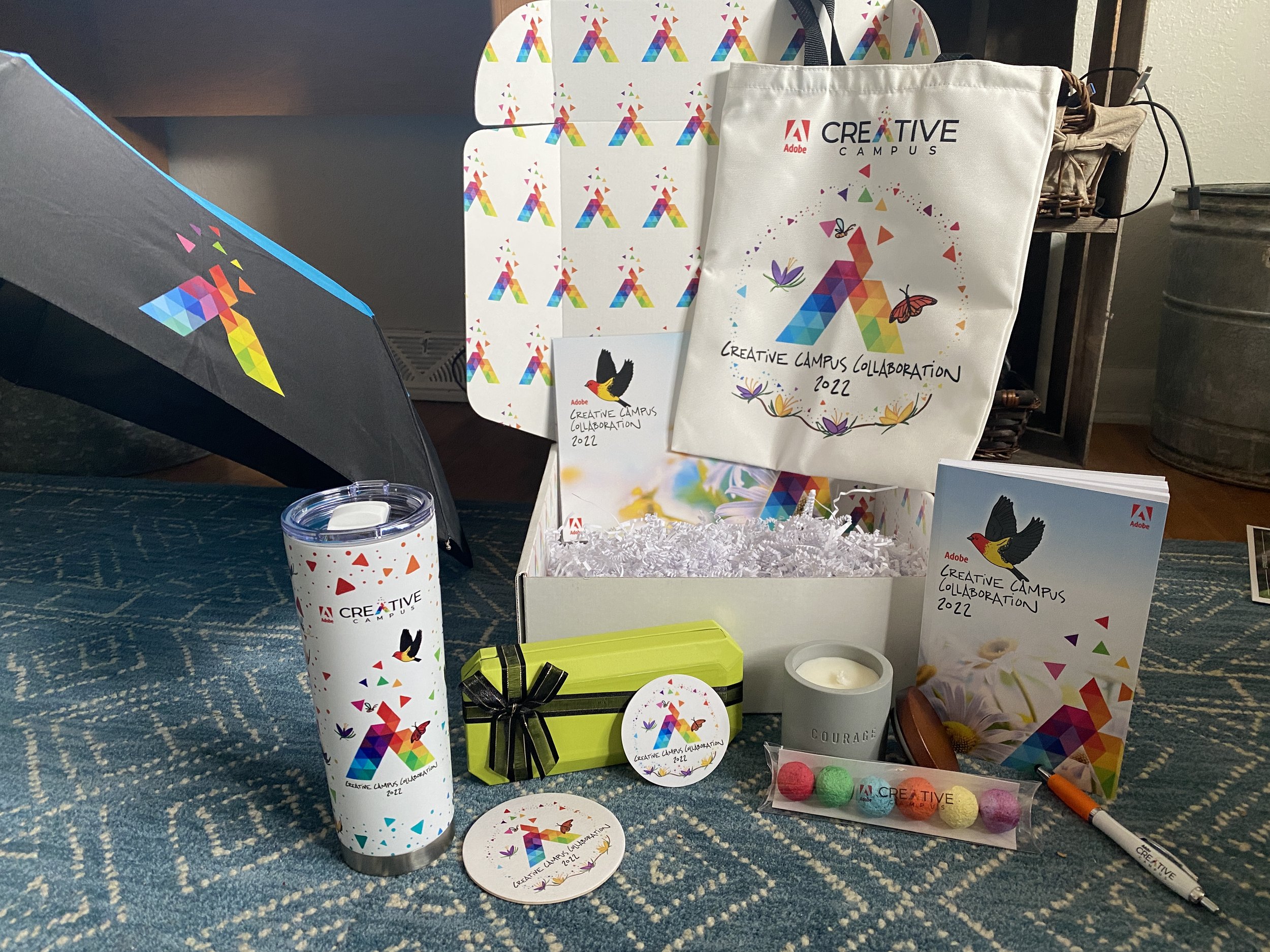Let's be honest – when was the last time you got genuinely excited reading a press release? If you're scratching your head, you're not alone. Most press releases aren’t visually appealing, which is a shame because they're often sharing amazing things.
Take this story celebrating a grant win from my recent client, the University of Kentucky. The REACH (Research Evaluation and Analytics Capacity Hub) program will use AI and data to help smaller colleges and universities access more research funding.
This is where graphic recording can shine: Instead of expecting people to wade through dense text, we can create welcoming visual stories that invite everyone in. The graphic for this story is particularly special as it encapsulates the most important ideas shared from summit participants over the course of three days. Suddenly, that dense press release becomes a story you want to share with your friends.
Here's the secret sauce: graphic recording helps you to think like a storyteller. As we collaborate to plan visuals for your event, we guide you toward the core questions to find out what matters most to your participants and where you can make the biggest difference. When we're creating visuals, we naturally think about impact and connection rather than getting lost in technical details.
If you’re ready to follow up your event with visuals that will delight, you might partner with a graphic recorder after the event to create visual summaries alongside your written materials, or invite visual storytellers to capture the essence of your events in real-time.
The goal isn't to oversimplify – it's to honor both the complexity of your work and the diverse ways people prefer to receive information. When we make our stories more accessible, we're really saying we want everyone to be part of the conversation.
Because every important story deserves to be understood and appreciated by the people it's meant to serve.
Thank you for your collaboration, humor, and what you do to make the world a better place.
Cheers,
Where in the Virtual World is ConverSketch?
Denver, Colorado: Supporting leaders and innovators in the fashion industry as they imagined what a regenerative, circular economy could look like.
Los Angeles, California: Back for the second year with the Irresistible Conference, which focused on using AI tools to support HR professionals and the organizations they serve.
Remote: Capturing a technology advisory council meeting for the Allen Institute, a leader in research and discovery around some of the biggest questions in bioscience. Here’s a snippet from the larger conversation.




